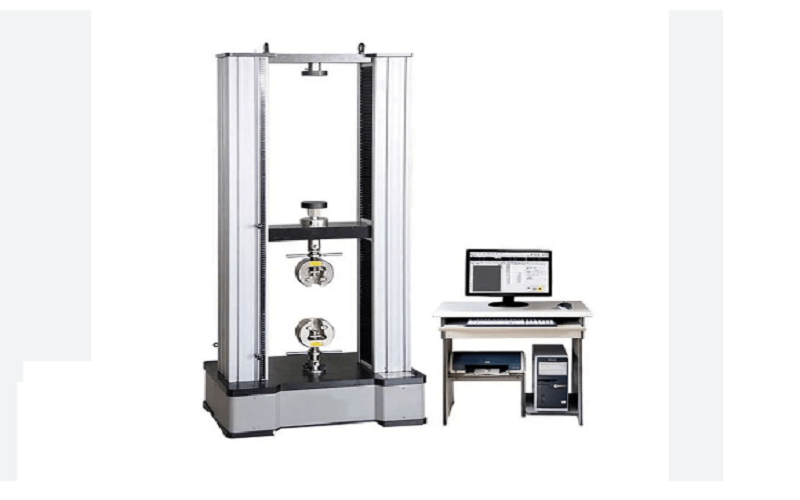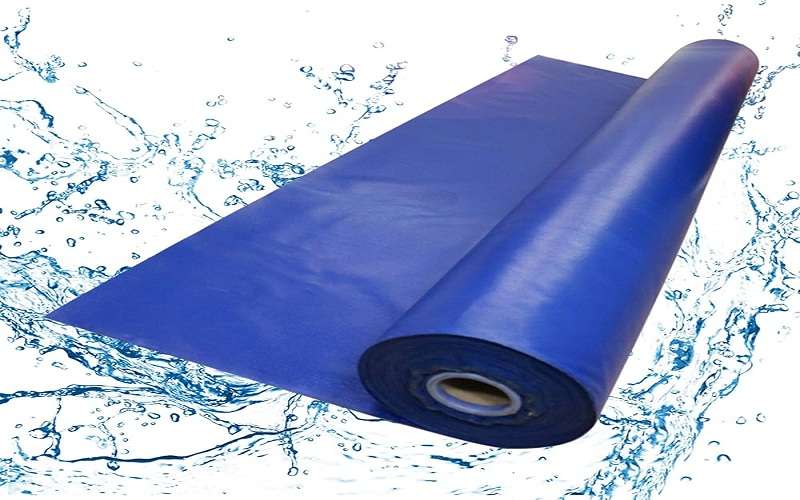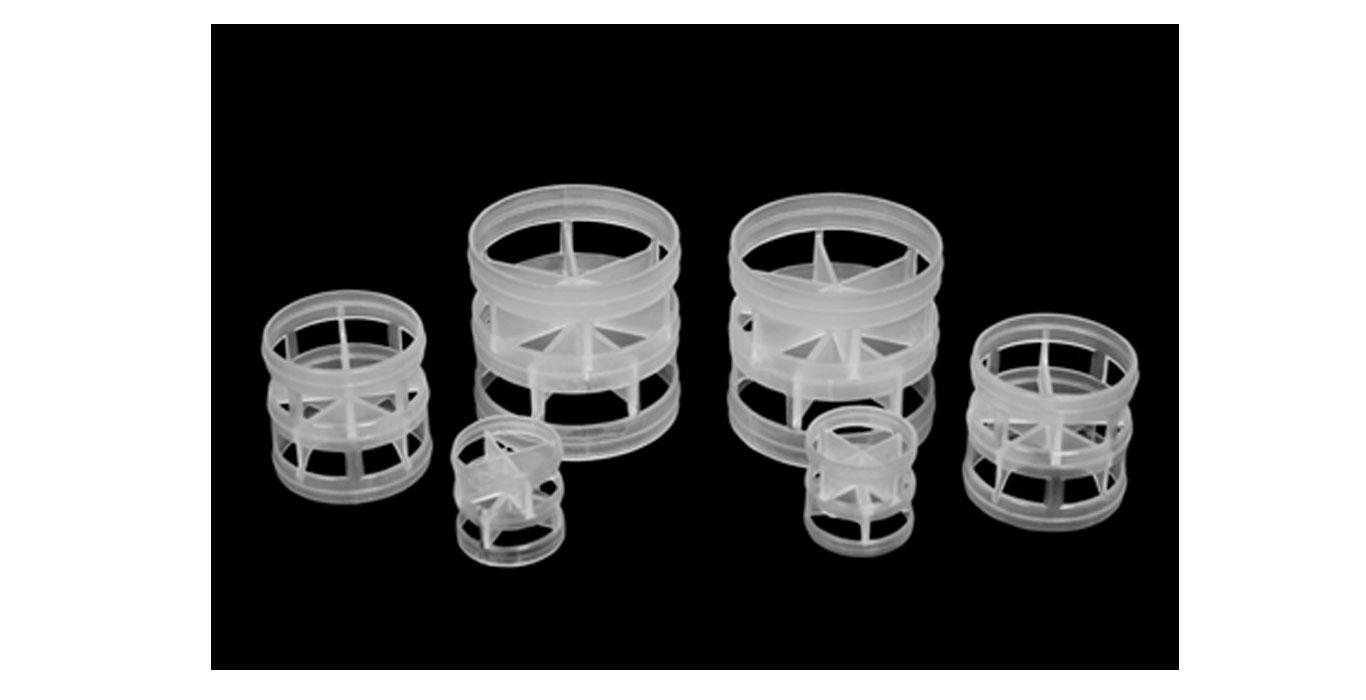Understanding Food Manufacturing Processes: From Raw Materials to Finished Products
Food manufacturing is a complex process that involves transforming raw materials into finished products ready for consumption. Understanding the various stages of this process provides valuable insights into the intricacies involved in producing the food we enjoy.
- Raw Material Selection: Food manufacturing begins with careful selection of high-quality raw materials. Whether it’s fruits, vegetables, grains, or meats, sourcing the right ingredients is crucial to ensure the desired taste, nutritional value, and safety of the final product. Manufacturers often collaborate with trusted suppliers to maintain consistency and meet quality standards.
- Preparation and Processing: Once the raw materials are acquired, they undergo preparation and processing. This stage involves cleaning, sorting, and sometimes peeling or slicing the ingredients. Processing methods such as cooking, baking, freezing, or drying may also be employed to enhance flavors, extend shelf life, or improve texture.
- Mixing and Formulation: Many food products require the blending of multiple ingredients to achieve the desired taste, texture, and nutritional profile. This stage involves precise measurements and formulations, ensuring the right balance of flavors and nutrients. Emulsifiers, stabilizers, and preservatives may be added to maintain product integrity.
- Packaging and Labeling: Packaging plays a critical role in preserving food quality and ensuring consumer safety. Proper packaging materials and techniques are chosen to protect the product from contamination, moisture, and oxygen. Labels are applied, providing essential information such as ingredients, nutritional facts, allergen warnings, and expiration dates.
- Quality Control and Testing: Throughout the manufacturing process, rigorous quality control measures are implemented to ensure consistency and adherence to safety standards. Regular testing is conducted for microbial activity, chemical composition, and sensory evaluation to guarantee the products meet both internal and regulatory requirements.
Understanding the intricate processes involved in food manufacturing highlights the importance of strict adherence to quality protocols and food safety regulations. From selecting the finest ingredients to maintaining rigorous quality control, each step contributes to the creation of safe and delicious food products for consumers to enjoy.
Ensuring Food Safety: The Importance of HACCP Certification in Manufacturing
Food safety is of paramount importance in the food manufacturing industry. Consumers trust that the food they consume is safe and free from contaminants. To meet these expectations, many manufacturers seek HACCP (Hazard Analysis and Critical Control Points) certification. Let’s delve into why HACCP certification is crucial and how it helps ensure food safety.
HACCP is a systematic approach to identifying, evaluating, and controlling food safety hazards throughout the production process. It is a preventive and proactive system that focuses on critical control points where hazards can be effectively prevented, eliminated, or reduced to an acceptable level. HACCP certification demonstrates a manufacturer’s commitment to maintaining the highest standards of food safety.
- Risk Assessment and Hazard Analysis: HACCP certification requires a thorough risk assessment and hazard analysis of the entire manufacturing process. Manufacturers identify potential hazards, such as biological, chemical, or physical contaminants, and assess the risks associated with them. This comprehensive analysis allows for the implementation of appropriate control measures.
- Critical Control Points (CCPs): CCPs are specific points in the manufacturing process where hazards can be controlled or eliminated. HACCP certification necessitates the identification and establishment of CCPs, along with critical limits for each point. Monitoring procedures are put in place to ensure that these limits are consistently met, effectively reducing the risk of contamination.
- Documentation and Record-Keeping: HACCP certification requires detailed documentation and record-keeping practices. Manufacturers must maintain records of hazard analysis, CCPs, monitoring procedures, corrective actions, and verification activities. These records serve as evidence of compliance and provide a traceable history of the manufacturing process, enabling effective recall procedures if necessary.
- Ongoing Monitoring and Verification: Continuous monitoring and verification are vital components of HACCP certification. Regular checks and inspections are conducted to ensure that control measures are working effectively and that the desired food safety standards are maintained. Any deviations or non-conformities are promptly addressed through corrective actions.
- Continuous Improvement and Adaptability: HACCP certification encourages a culture of continuous improvement and adaptability. Manufacturers are required to periodically review and update their HACCP plans to reflect changes in ingredients, processes, regulations, or emerging hazards. This proactive approach ensures that food safety measures remain up to date and effective.
By achieving HACCP certification, food manufacturers demonstrate their commitment to providing safe and high-quality products to consumers. It enhances consumer confidence, improves market competitiveness, and reduces the risk of foodborne illnesses. HACCP certification serves as a benchmark for excellence in food safety and sets a standard for the industry to follow.
Optimizing Efficiency: Streamlining Operations in Food Manufacturing
Efficiency is a key factor in the success of any food manufacturing operation. Maximizing productivity, minimizing waste, and ensuring smooth operations are crucial to meet consumer demand while maintaining profitability. In this article, we explore strategies and best practices to optimize efficiency in food manufacturing.
- Lean Manufacturing Principles: Implementing lean manufacturing principles can significantly enhance efficiency in food production. This approach focuses on eliminating waste, streamlining processes, and continuously improving operations. Techniques such as value stream mapping, standardized work procedures, and just-in-time inventory management help reduce costs, increase throughput, and enhance overall efficiency.
- Automation and Technology: Leveraging automation and technology plays a pivotal role in optimizing efficiency in food manufacturing. Automated systems and robotics can handle repetitive tasks, reducing human error and increasing production speed. Advanced sensors and monitoring systems aid in real-time data collection, enabling timely decision-making and proactive maintenance. Additionally, software solutions for inventory management, supply chain optimization, and production planning streamline operations and minimize inefficiencies.
- Supply Chain Integration: Efficient supply chain management is critical for smooth operations in food manufacturing. Close collaboration with suppliers, distributors, and retailers ensures timely and accurate delivery of raw materials, packaging, and finished products. Adopting technologies like RFID (Radio Frequency Identification) and barcoding facilitates real-time tracking, reducing inventory discrepancies and optimizing logistics.
- Continuous Training and Skill Development: Investing in employee training and skill development fosters a culture of efficiency and continuous improvement. Regular training programs on operational procedures, safety protocols, and equipment operation enhance employees’ capabilities, reducing errors and improving productivity. Cross-training employees in multiple areas also provides flexibility during peak production periods or staff shortages.
- Data-Driven Decision Making: Harnessing the power of data is crucial for optimizing efficiency in food manufacturing. Collecting and analyzing data related to production rates, quality metrics, downtime, and equipment performance enables data-driven decision making. Identifying bottlenecks, optimizing production schedules, and implementing predictive maintenance practices can lead to significant improvements in efficiency.
Efficiency optimization is an ongoing process that requires a holistic approach and a commitment to continuous improvement. By implementing lean principles, embracing automation and technology, integrating the supply chain, investing in employee training, and utilizing data for decision making, food manufacturers can streamline operations, reduce costs, and achieve higher levels of efficiency. Ultimately, these efforts contribute to increased customer satisfaction, improved competitiveness, and sustainable growth in the dynamic food manufacturing industry.
Maintaining Quality Standards: Best Practices in Food Manufacturing
Maintaining consistent quality standards is a cornerstone of success in the food manufacturing industry. Consumers expect products that meet their expectations in terms of taste, safety, and nutritional value. In this article, we explore best practices that food manufacturers can implement to ensure the highest levels of quality throughout their operations.
- Robust Quality Management Systems: Implementing a comprehensive quality management system (QMS) is essential for maintaining consistent quality standards. A QMS establishes processes, procedures, and protocols to ensure that products meet defined specifications. It includes document control, quality control testing, supplier quality management, and regular audits to identify areas for improvement.
- Supplier and Ingredient Control: The quality of raw materials and ingredients directly impacts the final product. Establishing strong relationships with trusted suppliers who adhere to rigorous quality standards is vital. Conducting regular supplier audits, testing incoming ingredients, and implementing strict ingredient control measures help ensure the quality and safety of the manufacturing process.
- Strict Adherence to Good Manufacturing Practices (GMP): Following Good Manufacturing Practices is crucial to maintain hygiene, sanitation, and safety in the production facility. GMP guidelines cover areas such as personnel hygiene, equipment cleanliness, facility maintenance, pest control, and proper handling of ingredients and finished products. Adhering to these practices reduces the risk of contamination and promotes consistent quality.
- Comprehensive Quality Control Testing: Regular quality control testing is essential to verify that products meet established specifications and regulatory requirements. This includes sensory evaluations, microbiological testing, chemical analysis, and physical measurements. By conducting thorough testing at various stages of the manufacturing process, manufacturers can identify and address potential issues before products reach consumers.
- Continuous Improvement and Feedback Loop: A commitment to continuous improvement is vital for maintaining and enhancing quality standards. Manufacturers should encourage feedback from customers, conduct internal quality reviews, and monitor key performance indicators. Analyzing data, identifying trends, and implementing corrective and preventive actions helps drive ongoing improvements in product quality and customer satisfaction.
- Employee Training and Engagement: Well-trained and engaged employees play a crucial role in maintaining quality standards. Providing comprehensive training on quality control procedures, GMPs, and operating equipment ensures that employees understand their roles in upholding quality. Creating a culture of quality through communication, recognition, and empowerment fosters a sense of ownership and responsibility among employees.
By implementing these best practices, food manufacturers can consistently deliver products that meet or exceed consumer expectations. From establishing robust quality management systems and supplier control to adhering to GMP guidelines, conducting comprehensive testing, and fostering a culture of continuous improvement, these practices lay the foundation for excellence in quality throughout the food manufacturing process.
Innovation in Action: Advancements and Trends in the Food Manufacturing Industry
The food manufacturing industry is constantly evolving, driven by advancements in technology, changing consumer preferences, and emerging trends. Staying ahead of the curve and embracing innovation is crucial for food manufacturers to remain competitive and meet the evolving demands of the market. In this article, we explore the latest advancements and trends shaping the landscape of food manufacturing.
- Clean Label and Natural Ingredients: Consumers are increasingly seeking products with clean labels and natural ingredients. Food manufacturers are responding by reformulating their products to eliminate artificial additives, preservatives, and synthetic ingredients. They are incorporating natural alternatives, clean label emulsifiers, and natural flavorings to meet the demand for more wholesome and transparent food options.
- Plant-Based and Alternative Protein Products: The rise of plant-based diets and the growing demand for alternative protein sources have led to a surge in plant-based and alternative protein products. Food manufacturers are developing innovative formulations using ingredients such as legumes, grains, and fungi to create meat substitutes, dairy alternatives, and plant-based protein powders. This trend reflects the industry’s commitment to sustainability and meeting the dietary preferences of a diverse consumer base.
- Smart Manufacturing and Industry 4.0: Advancements in technology, including the Internet of Things (IoT), artificial intelligence (AI), and automation, are transforming the landscape of food manufacturing. Smart manufacturing and Industry 4.0 concepts are being implemented to optimize production processes, enhance quality control, and improve supply chain management. Connected sensors, real-time data analytics, and predictive maintenance systems are revolutionizing efficiency, productivity, and overall operational performance.
- Sustainable Packaging Solutions: The push for sustainability has extended to packaging materials in the food manufacturing industry. Manufacturers are exploring eco-friendly alternatives to traditional packaging, such as biodegradable materials, compostable packaging, and recyclable options. Packaging designs that minimize waste, reduce carbon footprint, and prioritize recyclability are gaining traction as consumers become more environmentally conscious.
- Traceability and Transparency: Consumers are increasingly interested in understanding the journey of their food from farm to fork. Food manufacturers are implementing technologies such as blockchain and RFID tagging to enhance traceability and provide transparent information about the origin, production methods, and safety measures employed in their products. This fosters trust and confidence among consumers who prioritize food safety, ethical sourcing, and sustainable practices.
- Personalization and Customization: The demand for personalized and customized food products is on the rise. Food manufacturers are leveraging technologies such as 3D printing and mass customization to create unique and tailored food experiences. From personalized nutrition bars to custom-blended beverages, these innovations cater to individual preferences and dietary needs.
By embracing these advancements and trends, food manufacturers can position themselves at the forefront of the industry. Whether it’s adopting clean label practices, exploring plant-based alternatives, harnessing smart manufacturing technologies, implementing sustainable packaging solutions, enhancing traceability, or offering personalized options, embracing innovation is the key to success in the dynamic and ever-changing food manufacturing landscape.










